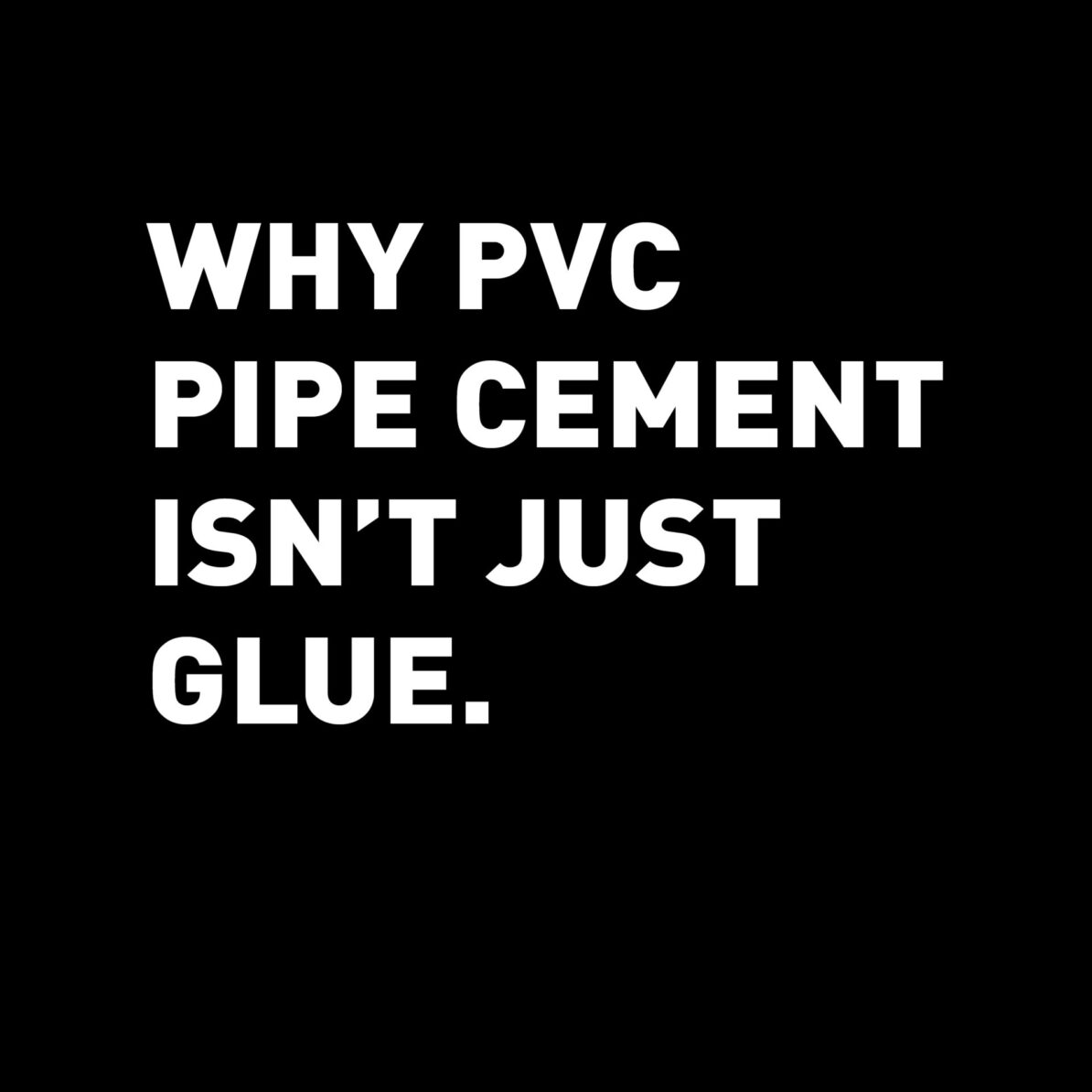
Why PVC Pipe Cement Isn’t Just Glue
Key takeaways
-
PVC cement makes a chemical weld, not a simple glue joint.
-
Pureseal cements and primers are designed for PVC and ABS, with WaterMark certification and AS/NZS compliance.
-
Match Type P or Type N to pressure vs non-pressure systems.
-
Correct surface prep and set time are key to leak-free results.
Plumbers routinely apply PVC pipe cement but it’s worth understanding that unlike standard adhesives, it works by softening and fusing the plastic at a molecular level to create a true chemical weld, not just a surface bond.
Soudal’s leading global range of Pureseal PVC Pipe Cements (Type-N and Type-P), and Pureseal PVC Priming Fluid, is now available in New Zealand to help Kiwi plumbers fuse together PVC or ABS pipes and fittings so they won’t leak or rupture. Here’s a breakdown of how these products actually work, and how you can get the most out of them.
How PVC Pipe Cement Works at a Molecular Level
Also known as solvent welding, PVC pipe cement works in a fundamentally different way to adhesive bonding (like polyurethane or epoxy glue). Using PVC priming fluid is the key – it acts as a disrupter by removing the glossy finish, cleaning the surface and softening the pipe in preparation for the PVC pipe cement.
When PVC pipe cement (a solvent) is then applied and the two surfaces are pressed together, the solvent breaks the covalent bonds of the PVC. This allows the separate polymer chains to intermingle and effectively hold hands tightly. As the solvents evaporate, the joint then hardens and becomes a single piece of PVC, resulting in a very strong and often invisible joint.
In the case of adhesive bonding, the adhesive cures on the surface of the two substrates and will remain there, holding them together. While still strong, nothing has changed at the molecular level and your two materials are technically still two separate items – just glued together.
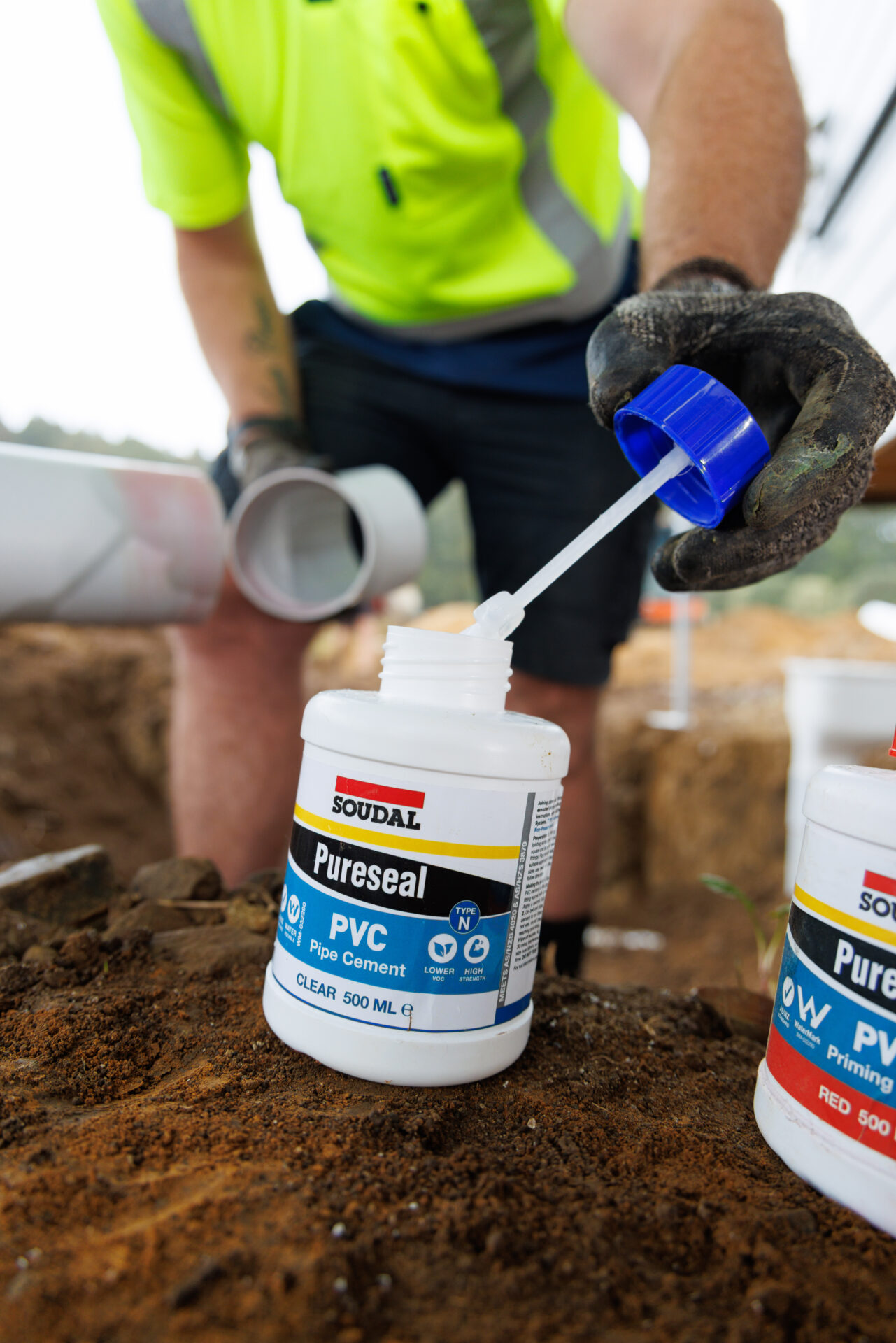
The Role of PVC Priming Fluid in Solvent Welding
Using PVC priming fluid is the most important step to achieve a strong chemical weld. Any good plumber knows this, but it’s worth appreciating the crucial role it plays in the process.
Remove any burrs, sharp edges and pipe shavings, and wipe away any dirt or other contaminants from both PVC surfaces before application so nothing will impinge or disrupt the bond.
Supporting the joint and holding it completely still for at least 30 seconds is also essential. Any movement at this stage will reduce the final strength. For larger pipes with joints, you may require a mechanical force to support them, so have pipe pullers or polyester straps ready if you need them.
Once you’re done, wipe away any excess PVC pipe cement on the joint exterior for a clean finish.
For long-term durability, always ensure your pipes are well-supported so they do not move as water flows through. This will reduce potential stress on the joint.
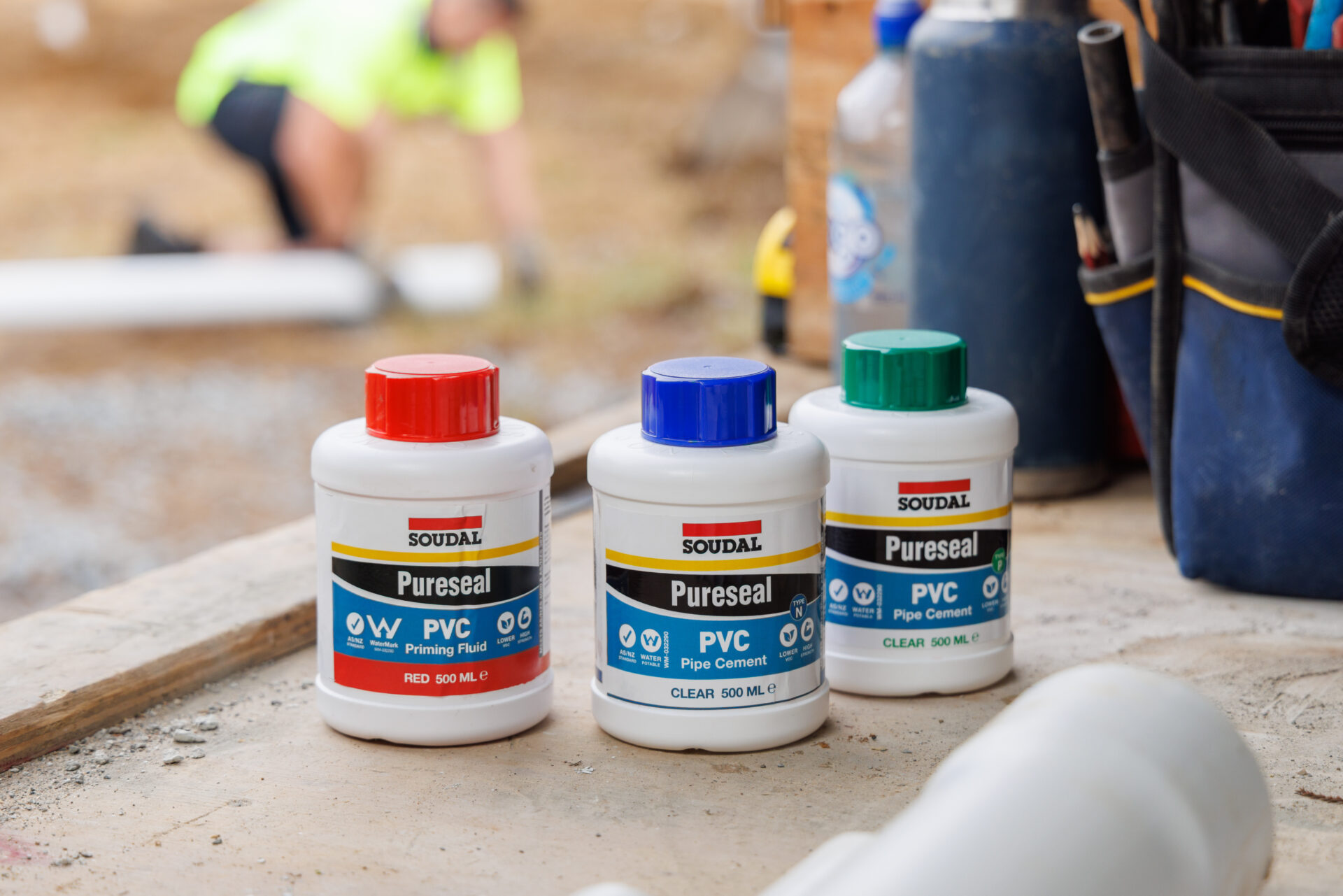
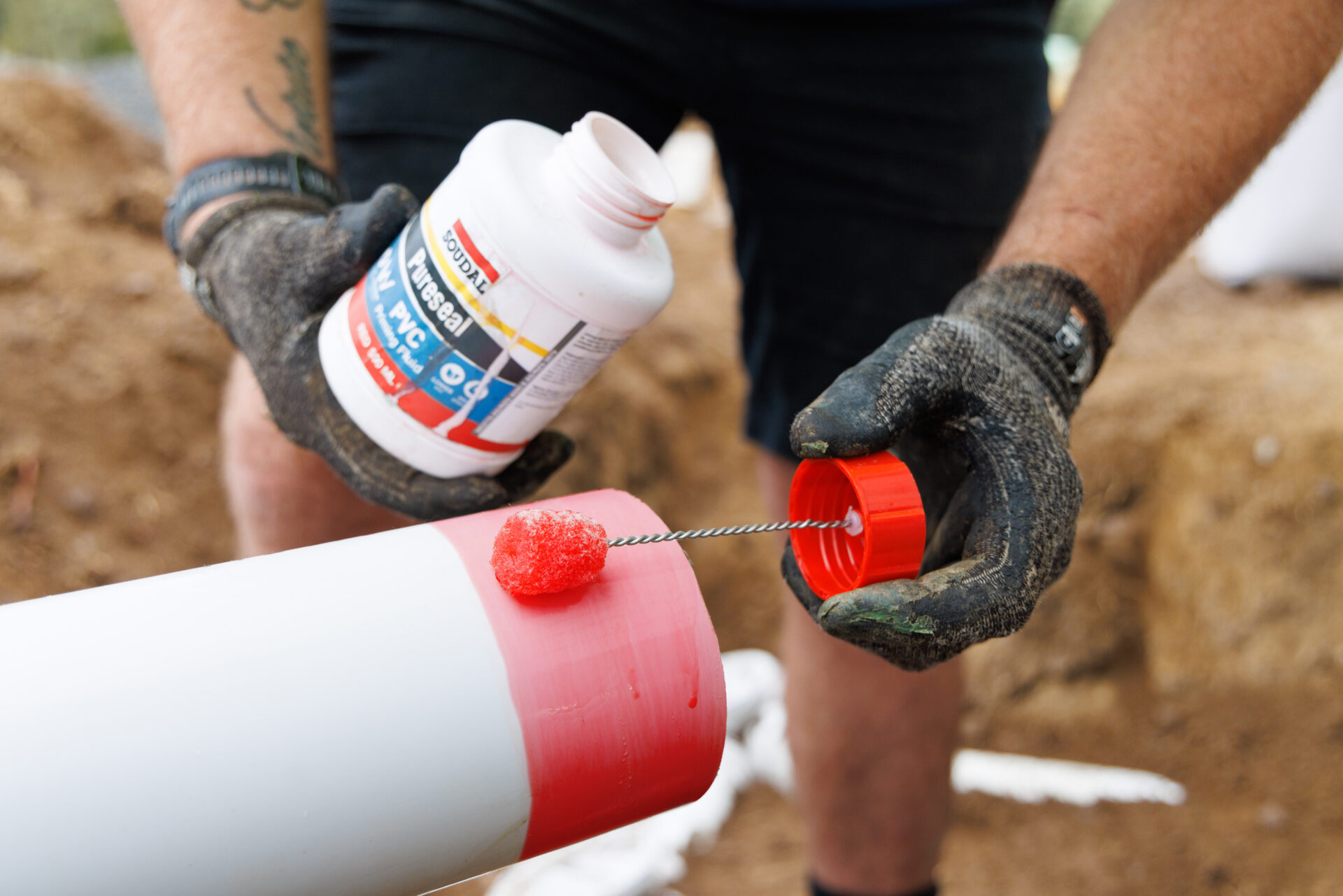
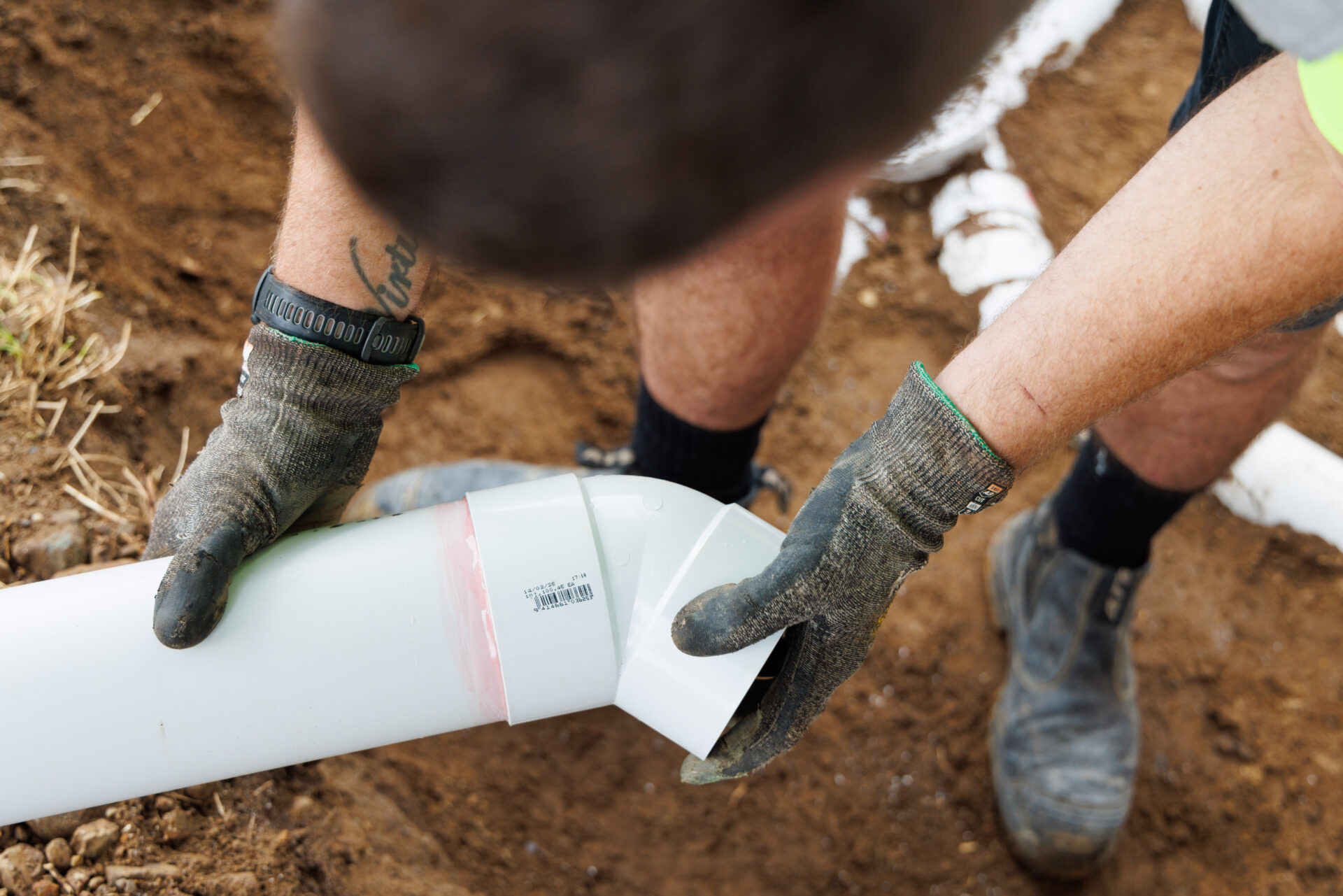
Best Practices for Applying PVC Pipe Cement and Priming Fluid
Soudal products are renowned for their strength, durability and precision. We hope this technical information gives you a greater appreciation for the magic that happens when using Pureseal PVC Pipe Cement and Pureseal PVC Priming Fluid.
Learn more with our product information, useful articles and ‘how to’ videos.
Contact us for system matching, or find a stockist for Pureseal cements and primers.
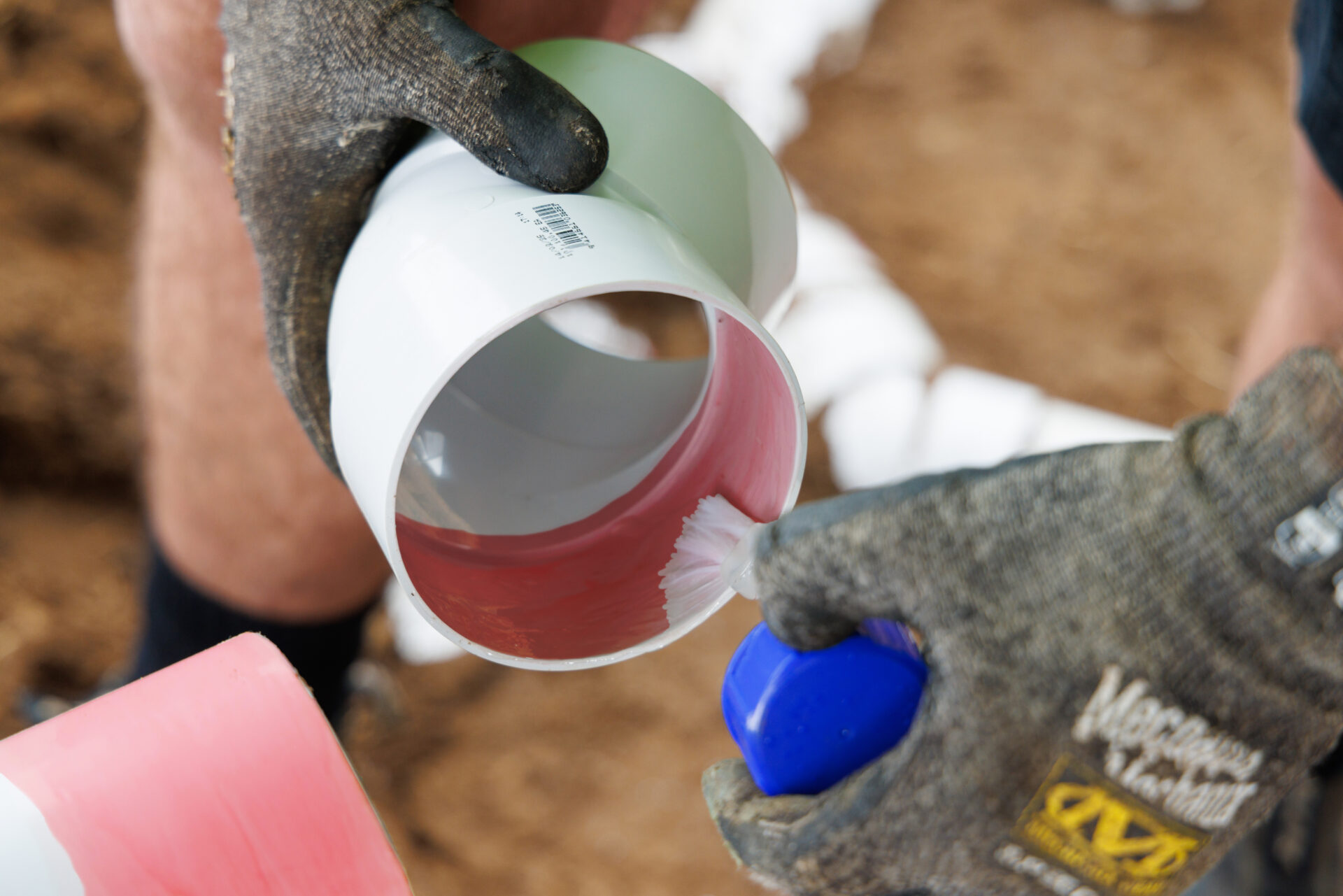
PVC Pipe Cement FAQs
Do I need primer on every joint?
Use primer where specified by the cement manufacturer or the standard for the system. Primer improves weld integrity on harder PVC, larger diameters and cold conditions.
How long before I can pressure test the line?
Typical wait times range from 30 minutes to 24 hours depending on pipe size, temperature and system pressure. Follow the product’s guidance. Longer cure is required for larger diameters and higher pressures.
Can I use Type N cement on pressure lines?
No. Type N is for non-pressure systems. Use Type P cement for pressure applications.
Is PVC cement safe for potable water?
Use a WaterMark or equivalent approved cement and primer that are rated for potable water. Keep records of approvals and batch numbers for compliance.
What is the right surface preparation?
Dry fit to check alignment, clean and deburr, apply primer if needed, then apply an even coat of cement to pipe and fitting. Push fully home with a quarter-turn and hold for 30 seconds to prevent push-out.

